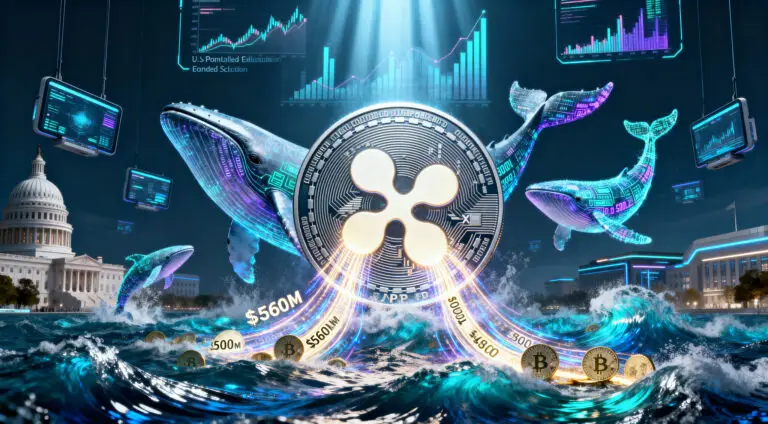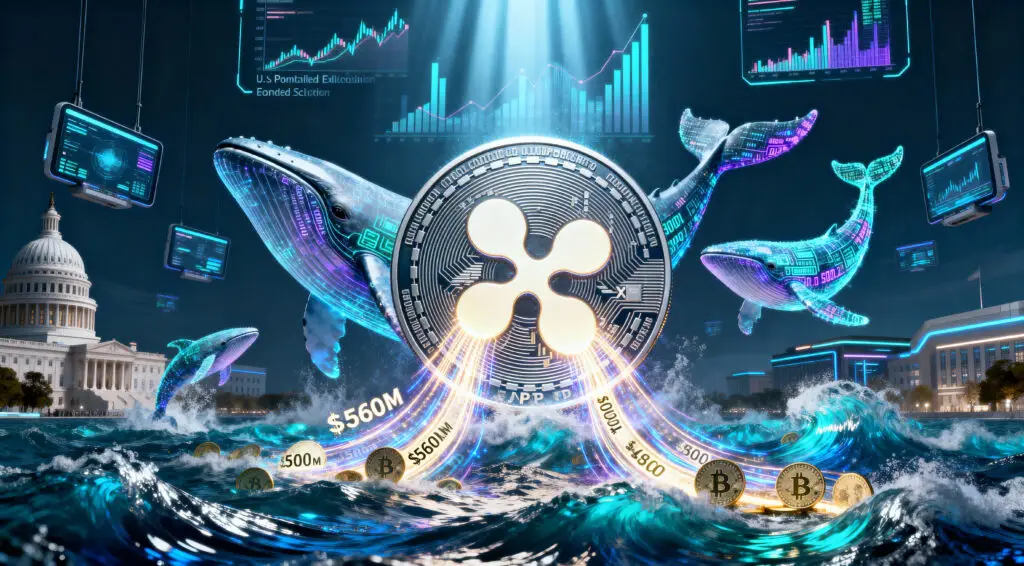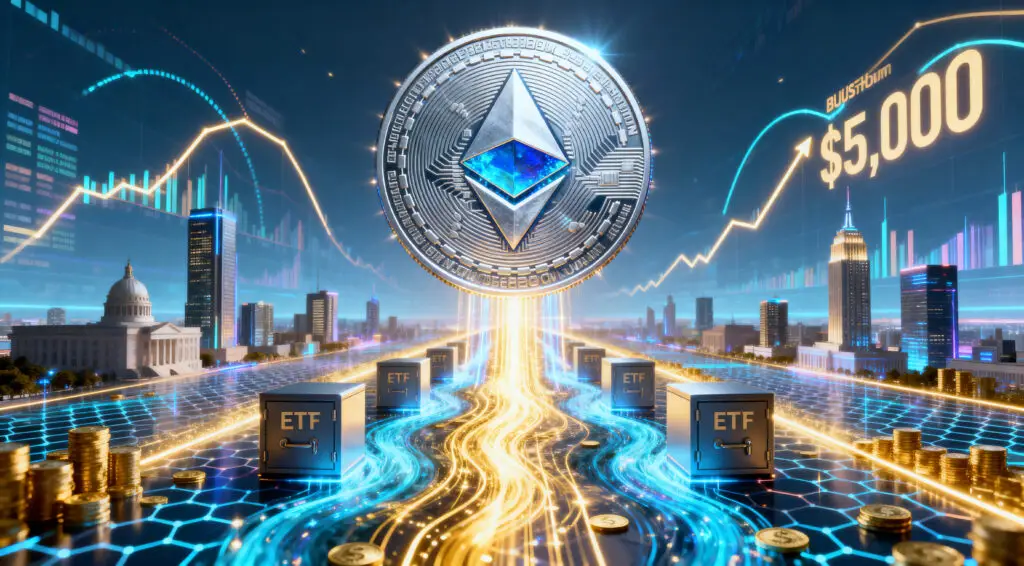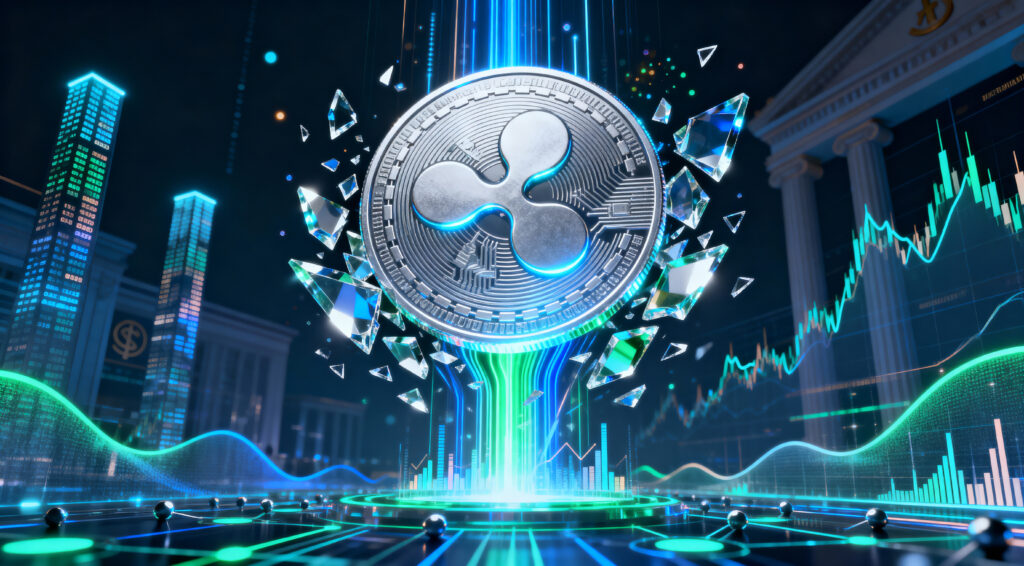Washington has reportedly turned its attention to stablecoins, previously viewed as a peripheral area in the world of cryptocurrencies. Unlike the highly volatile Bitcoin and various speculative meme coins, these digital tokens are mainly meant to have a constant value, often pegged at $1 each. They largely underpinned the crypto boom during the pandemic by serving as digital cash substitutes for traders but fell out of favourrr with many people following the collapse ofthe FTX FTXX crypto exchange in 2022 and subsequent bearishness throughout the broader crypto market.
Stablecoins Make a Comeback, Then Legislation
By 2025, congressional bills have been proposed to regulate stablecoins. This legislative exercise is viewed as the “first shot” in a more comprehensive campaign championed by the digital currency sector aiming at enacting new laws for virtual assets. The stability of stablecoins has become even more evident within this period of time. Circle Internet Group Inc., which issues USDC, thetop- ranked Americanstablecoinn, was reported to have made an initial public offering (IPO) that raised over $1 billion in early June.Also,,o there are some signs of mainstream financial institutions such as PayPal HoldingsInc. and VisaInc. elbowing their way into this space. A professor of finance law who concentrates on regulation ofthe financeancee industry at Vanderbilt Law School named Yesha Yadav stated that it was difficult to ignore the change since thee vibe shift has been gargantuan.”
Political Momentum and Concerns
Some people have argued that this “vibe shift” may be partly attributed to Donald Trump’s election and Republican majorities in Congress. According to reports, the crypto industry put millions behind Trump’s campaign and he pledged to involve industry-friendly regulators in his administration.
According to reports, the Trump family owns a significant stake in World Liberty Financial, which has its own stablecoin called USD1. This token is valued at over $2 billion. However, the Senate stablecoin bill titled the Genius Act was temporarily halted due to opposition against Trump projects and potential conflicts of interest before being brought up for a procedural vote. In the House of Representatives, another similar bill is said to be making its way through.
Stablecoin Functioning
Stablecoins are similar to financial institutions, but they do not offer deposit-insurance protection. Instead, the company behind a stablecoin accepts dollars or another currency to which the token’s value is pegged and invests these reserves for interest. For each dollar received, the company creates a corresponding token, which users can exchange and swap for money or redeem for $1. The issuing company benefits from returns earned on its invested reserves, as these tokens usually do not pay any interest to their holders. Rising interest rates have allowed stablecoin issuers to earn over 4% on low-risk assets such as treasury bills.
Traditional banks invest their owners’ funds into short-term Treasury securities (T-bills), yielding roughly two percent. All national currencies are eventually swapped for US dollars, only then do they become part of the Tethertherr system’s currencypool. Tokens like USDC or BUSD have been created to provide faster transactions worldwide while preserving lower volatility compared to traditional cryptocurrencies during periods when fiat currencies experience high inflation rates.
The largest exchanges accept various types of stablecoins, such as USDT, and most often track their pairings with national currencies through ticker symbols. However, many tokens do not have their own market capitalization yet, so few people would ever be interested in purchasing them.
Stablecoins function similarly to banks, with dollars being accepted and invested to generate returns from interest charged on reserves. Issuers of stablecoins earn over 4% on low-risk assets due to rising interest rates.
Traditional banks invest clients’ money into short-term Treasury securities (T-bills) yielding about 2%, but they are better than nothing due to zero deposit rates across many countries. All national currencies first get converted into US dollars before becoming part of the Tethertherr system’s currencypool, which either backs up circulating coins themselves as collateral or supports them in the form of fiat-backed coins. Some believe USDT has enough liquidity at any given moment, while others emphasize its 100% reservation.
Stablecoins are the center of volatility, as if they collapse one day, everything else will crash too. MakerDAO is responsible for issuing DAI tokens, which should maintain their value at par with the US dollar. Most major exchanges accept different types of stablecoins like USDT, with most commonly tracking them against certain national currencies through ticker symbols like BTC/USDT, ETH/USDT, or ICXUSDT.
Stablecoins are almost like banks; they accept dollars and invest them to earn interest on the reserves. The company issues a corresponding token for every dollar received, and users can trade these tokens as money or convert them into US dollars worth $1. An increase in interest rates has allowed stablecoin issuers to make over 4% from low-risk assets, including T-bills.
In 2024, a United Nations Office on Drugs and Crime report indicated that Tether USDT, the largest stablecoin with a circulating supply of $150 billion, is commonly used by crime families who perpetrate cyber frauds and illegal gambling operations.
Opportunities and Benefits
Stablecoin enthusiasts arevisualisingg a future in which these tokens can “zip digital money across time zones and oceans,” effectively eliminating intermediaries and reducing the fees generally associated with cross-border payments. They are optimistic that stablecoins could offer crucial financial services to people who currently lack access to traditional banks. In this regard, PayPal’s Senior Vice President of Blockchain, Crypto, and Digital Currencies, Jose Fernandez da Ponte said, “We see these as the next technology to drive down the cost of payments and drive up speed.” Already in 2023, PayPal itself has launched its own stablecoin. According to Christian Catalini, founder of MIT Cryptoeconomics Lab, stablecoins represent an early stage of innovation since they “work like first cars on the bumpy roads that were meant for horses.” He believes “all those things are missing from the picture” without a proper regulatory framework.
Proposal for Regulation and Scepticismm
Draft bills in Congress aim to regulate stablecoins and address systemic risks. These require issuers to buy short-term Treasuries or other low-risk securities as reserves and comply with anti-money-laundering, sanctions, and know-your-customer laws. However, there is no Federal Deposit Insurance Corp. (FDIC) coverage for stablecoins like USDT.
Tether, which does not have US citizens as customers, may focus its business outside the country if new regulations are enacted. Crypto sceptics warn that a loss of faith in stablecoins could result in redemptions, and that they could be bailed out like any other too-big-to-fail financial institution. Stablecoins make up only about $234 billion of JPMorgan Chase & Co.’s $4 trillion in assets, but could increase to $2trillion by 2028. The U.S. government must address the issue of stablecoins holding more U.S. Treasuries than some countries, and integrating them into traditional finance can carry risks.















